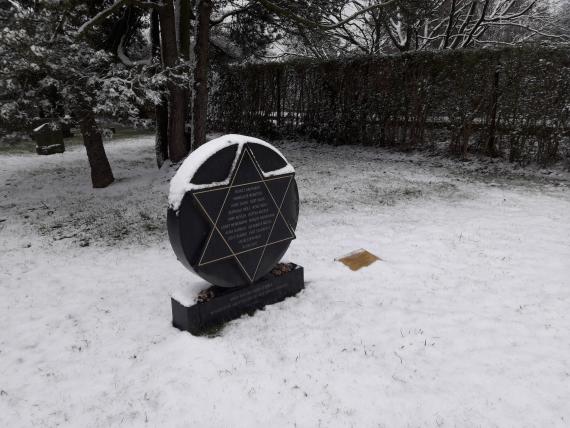L 361
41516 Grevenbroich
Germany
The Jewish cemetery in Wevelinghoven is located at the Zehntstraße opposite the driveway L142. The plot was acquired in 1868 by the Jewish community in Wevelinghoven, after the old Jewish cemetery on today's Oberstrasse had become an obstacle in the eyes of the town council due to its dilapidated wall and its central location in the town. The purchase of the land, which was located far outside the village, was therefore subsidized by the city. A destruction of the cemetery in October 1930 is documented, the perpetrators remain unknown. In 1936 the municipality of Wevelinghoven took over both cemeteries without compensation and the transfer of the 38 graves remaining in the old cemetery to the new cemetery was ordered by the Jewish municipality. Some of the gravestones from the old cemetery were apparently indeed moved to the new cemetery. However, it is unknown whether the buried persons themselves were also reburied.A further closure of the cemetery in November 1938 is probable, since all Jewish cemeteries and other institutions in the vicinity were closed. However, it is not documented in the available sources. In total there are 39 gravestones and one memorial stone in the cemetery. The oldest gravestone is that of Shlomo Mordechai (...) Ben Jaakow, who died in 1799. The youngest readable gravestone is that of Amalie Vosen who died in 1923. According to my own research in the context of my master thesis (Frinken 2022) a fragment of a pedestal could be the remnant of the gravestone of Moses Hony (also Moritz Honi) who died in 1926. In addition, there are other gravestones without writing in the cemetery.
The cemetery was entered in 1990 in the monument list of the city of Grevenbroich. In 2011, the installation of a memorial stone for the persecuted Jewish children of Grevenbroich was carried out by an alliance of activists.
The cemetery was also listed as a monument in the list of monuments in 1990.


Add new comment